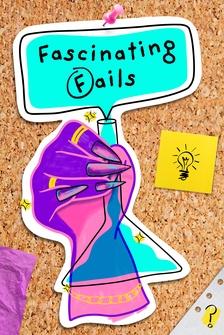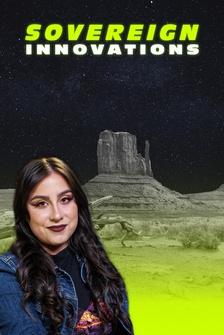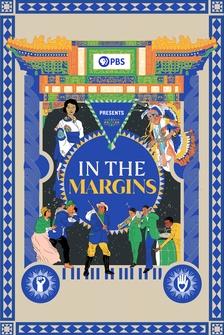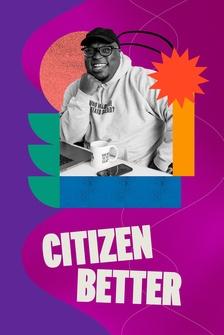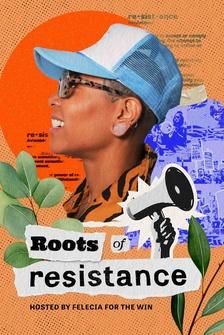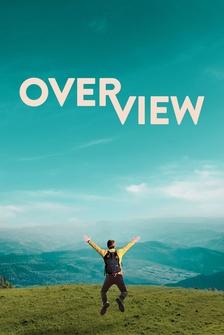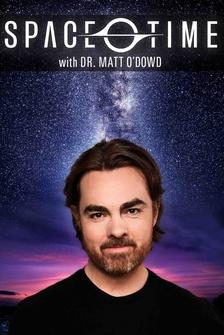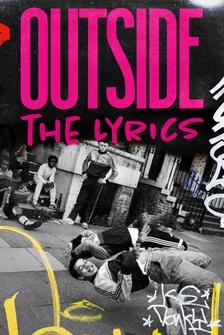[MUSIC PLAYING] The thing about natural disasters is that they are actually natural.
Wildland fire is a natural part of almost every ecosystem in the world.
But as humans build more homes in communities and fire-prone landscapes, accidentally light more fires and warm the climate, fires become more and more disastrous.
Will you survive the next disaster?
Are you ready to help your family and neighbors?
Welcome to "Weathered," where we'll explore the most pressing natural disasters in the U.S., how they're changing, and how you can prepare.
[MUSIC PLAYING] Nothing makes the need for these solutions more clear than the Camp Fire, which raced through the Feather River Canyon and entered Paradise, California, near 8:00 a.m.
The first evacuation orders went out only minutes earlier, urging tens of thousands of residents to leave using only a handful of roads.
[MUSIC PLAYING] Buck, you were an ICU nurse in Paradise.
Can you tell me what happened that morning?
I walk out the back door of the unit I was working on.
We were already on fire.
We were evacuating all the patients who were unable to be discharged.
Anybody who had a car that wasn't on fire was loading them in their cars, including the oxygen bottle, the battery operated machines that's helping one of the people breathe.
As we just inched our way away from the hospital, everything just exploded around us.
(Buck, live) So it's 11:38 in the morning in Paradise.
And this is what it looks like.
(Shastry) Michelle Simmons was forced to evacuate her children before her husband made it home from work.
As she drove, cars ran out of gas and caught on fire, power lines and trees blocked roadways, and she was trapped in standstill traffic.
I was basically trying to touch my kids, because I thought this was going to be the last time I got to touch them.
(Buck) Everything came to a grinding halt.
And that's where we got trapped.
(Buck) We're in a bad spot.
(speaker) Don't do that.
(Buck) We're in a really bad spot.
(Buck, narrating) The flames were billowing directly towards the car.
(Buck, live) The window is so hot, I can't even touch the window right now.
(Shastry) Daniel Simmons' car ran out of gas.
Determined to find his family, he ran down lines of stopped traffic, searching.
All of a sudden, I see a figure running through smoke.
And I don't know how I knew.
But I knew it was him.
I knew it was Daniel.
I just couldn't have imagined doing that by myself.
(Daniel) Oh, my gosh, that's hot.
(Michelle) We are stuck in it.
(Daniel) Yeah, it's hot.
(Michelle) Hot right now.
Oh, there's explosions everywhere.
We were able to work our way slowly out.
I found an ambulance.
And I was able to transfer the sickest patient to the ambulance.
(Michelle) It's OK, you guys.
It's OK. Just keep going.
Keep going, baby.
Keep going.
(Daniel) OK, OK, we're good.
(Michelle) OK, oh, my God.
Oh, my God.
That was so scary.
(Daniel) As soon as we broke through that wall of smoke and it was just daylight, it was almost blinding.
But we knew that we had escaped.
Myself and my three patients all made it through the fire.
We all survived.
[MUSIC PLAYING] (Shastry) Eighty-six people died in the fire.
And more than 18,000 structures were burned.
The aftermath looks strikingly similar to the fires in 2020.
To understand how we might avoid future tragedies like this one, we met with Ali Meders-Knight, a member of the Mechoopda tribe, whose people have lived in this area since time immemorial.
(Meders-Knight) You cannot have California without fire.
For thousands of years, all these tribes and tribelets knew the relationship between healthy ecosystems and fire.
And so they tended this land using fire.
And that relationship, that human and fire and land relationship, is innate.
For the last 100 years, settlers have attempted to exclude fire.
But native communities throughout North America used fire as a tool and planned their villages around it.
Ali is working to reintroduce fire in places that have not burned enough and grow native plants in her peoples' traditional territory that are adapted to fire.
What we have brought are seeds and bulbs.
There's a mix of Liliaceae , yampah, Fritillaria , wild onions, rhodeas.
(Meders-Knight) OK, well, let's go check out this cool spot and see how it feels.
Tell me about what you want to see here in California.
If we actually learned how to manage land using fire, we'd get back into doing restorative and regenerative practices.
That's what we're trying to aim for, for a resilient Paradise, resilient tribal Mechoopda territory.
(Shastry) While native communities have a long history of working with fire and planning for it, most communities and homes in the U.S. do not.
Many were built during an era of cooler, wetter weather than today when firefighting was very effective.
Now in a hotter, more crowded world, acres burned per year in the West are approaching pre-fire suppression levels, leaving communities very vulnerable.
Yana Valachovic believes that by rethinking our approach to fire, we can be far safer, even in a place like Paradise.
So what are the main things that people can do to ensure that their homes are fire resistant and safe?
(Valachovic) The opportunity really is to think about the vulnerabilities within our homes, and then additionally think about the defensible space around our house.
And I want people to think about working from their house outward as opposed to the landscape towards the house.
(Shastry) California building codes have mandated all new houses be built with fire-resistant characteristics starting in 2008.
During the Camp Fire, these codes were tested.
And homes built since then were almost three times as likely to survive than older homes.
I feel like we have a moral and ethical responsibility to adapt and build smarter, because fire's not going away in California's landscape.
(Shastry) David and Chenoa Rivera owned seven rental properties in Paradise built before 2008.
All of them burned in the fire.
But their newer residence fared better.
Hi, David.
Hey, Yana.
How's it going?
(Shastry) Yana visited David and Chenoa's house and immediately noticed some of the important differences that helped it survive.
I left around 9:30 in the morning.
And the fire actually came through here like around 10:30.
Right.
So, and I mean, it swept through here.
Well, you have so many things going right with this house, right?
I mean, you have a non-combustible siding.
You have a nice Class A roof that's in good shape.
Mm-hm.
(Valachovic) So when you have an ember-driven fire and you've got wind that's able to carry and loft little bits of burning material, they can easily penetrate those vents and get on the inside of your house.
You have the boxed in eaves with a nice small vent design there.
(Rivera) Yeah.
(Valachovic) Got green lawn that's not going to burn.
Well, congratulations on ducking a big one.
Yeah.
No, we thought we lost it.
But for it to still be standing, it's definitely unbelievable.
(Shastry) Still, half of the homes built since 2008 burned.
And outside of California, building codes are not nearly as strong or nonexistent, so there's room for improvement by homeowners and policymakers.
At the Institute for Business and Home Safety in South Carolina, researchers simulate wildfire conditions to learn the most important ways to make homes more resilient.
In the lab, they shower this duplex with embers.
The side built with traditional materials ignites in minutes, while the wildfire-resistant side remains unharmed.
One of the most important modifications that goes above and beyond California's code is a 5-foot zone of non-combustible landscaping.
They've helped discover the most important modifications that can be retrofitted on older homes and easily designed into new construction.
In addition to what we already mentioned, experts suggest the following.
Replace wood roofs with asphalt or metal.
Wood shingles are very flammable.
Add multi-paned windows or metal shutters so that the heat or falling debris doesn't break the glass, allowing embers to burn the home from the inside.
And finally, be prepared to evacuate with a communication and meetup plan and plenty of gas in your tank.
In the aftermath, David and Chenoa almost left Paradise.
But through their rental properties, they see an opportunity for their community to rebuild safer.
Going back to the lots and seeing the properties, I mean, it was complete devastation and chaos.
And so we immediately thought, you know, there's got to be a better way to rebuild homes.
[MUSIC PLAYING] Let's do this thing, huh?
Absolutely.
(Chenoa Rivera) I think this is an extremely exciting time for us as builders to be able to be game changers on how we move forward in building-- having super high standards for building with the wildfire codes, and just kind of recreating a brand-new town.
There are 30 million homes in the U.S. built in areas at risk of wildfires.
And there's a lot homeowners can do to make those homes more resilient.
As more of these homes are built to new standards or retrofitted to be safer, the safety of the entire community is increased.
I hope that we can be the gold standard, and people will actually look up to Paradise.
[MUSIC PLAYING] Accessibility provided by the U.S. Department of Education.




